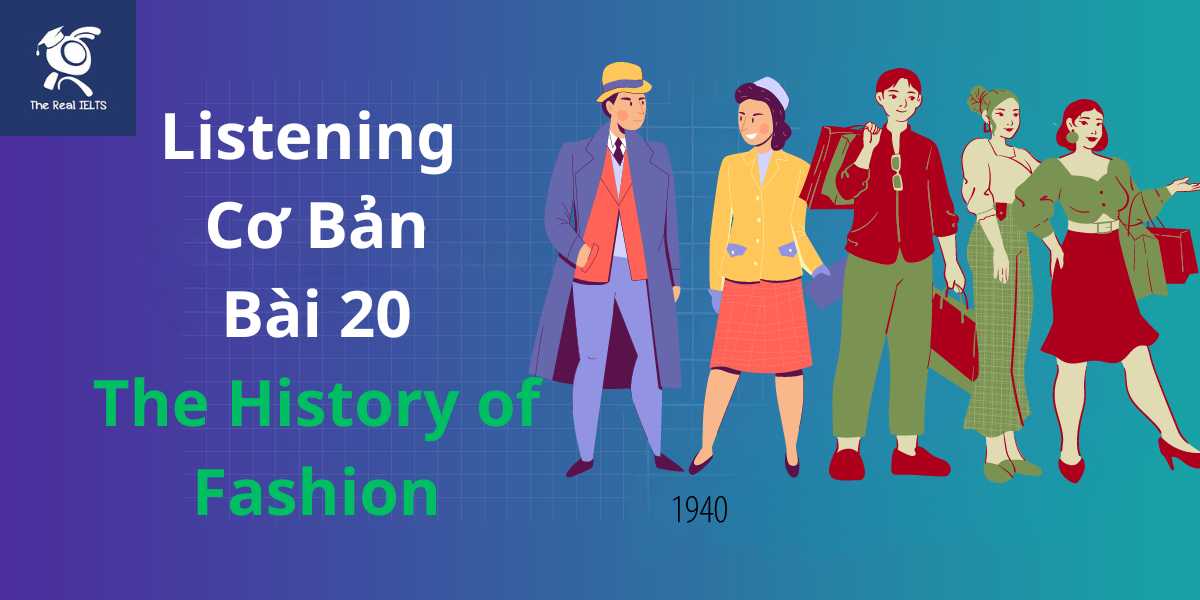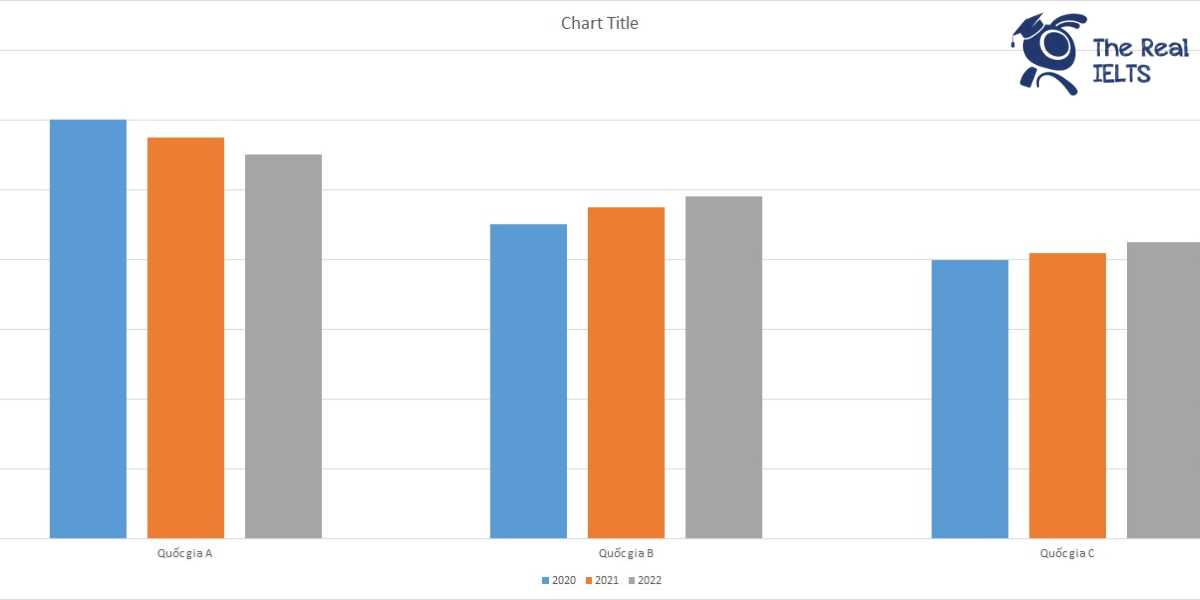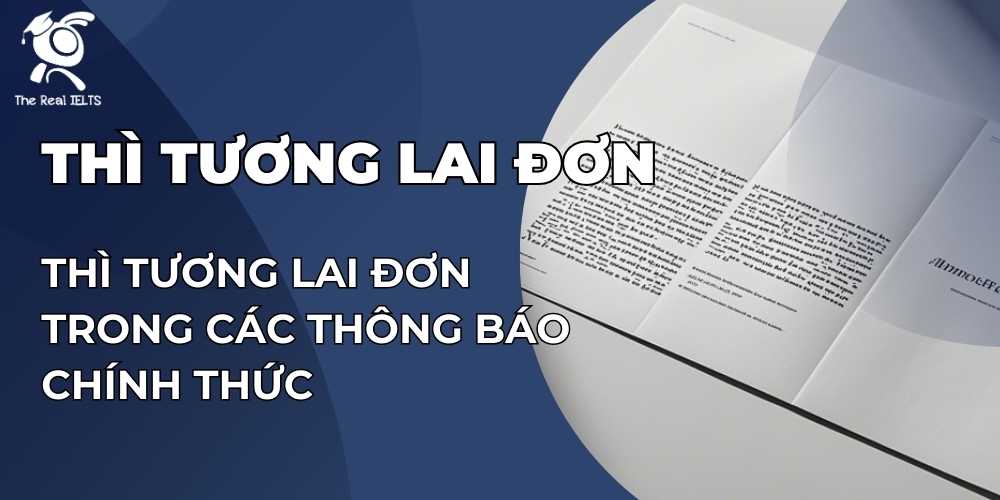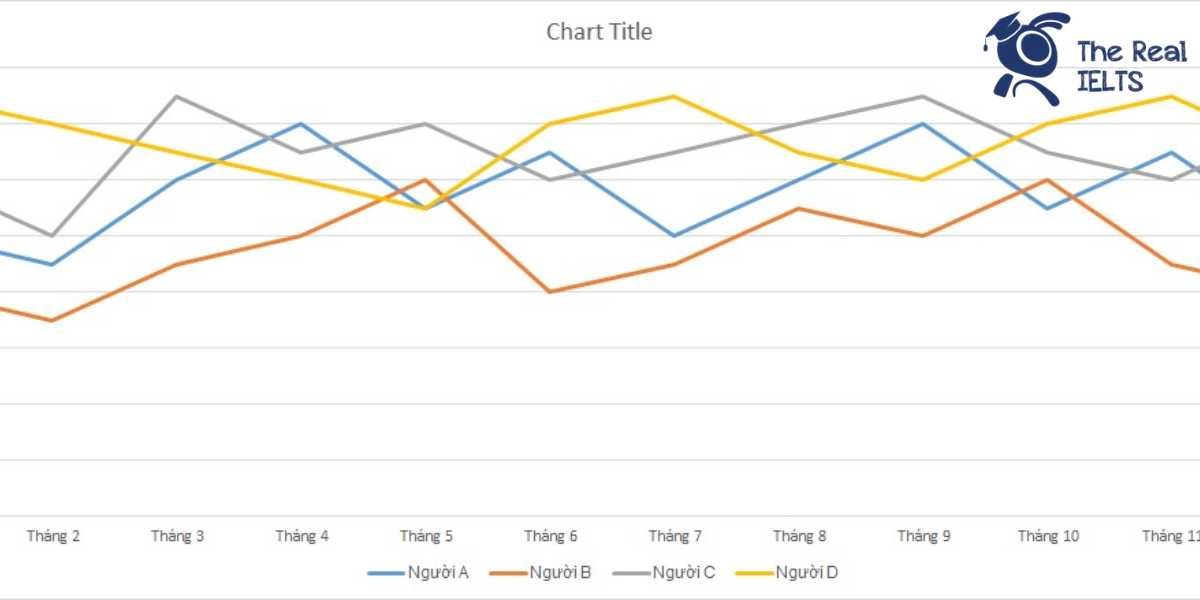Luyện Writing skill lần này sẽ viết về chủ đề làm việc nhóm. Như nhiều chủ đề khác chúng ta phải viết dàn ý trước khi triển khai viết bài.
Dàn ý triển khai Writing The Power of Collaboration: Teamwork in Achieving Goals
I. Introduction
A. Hook: Start with a quote or an anecdote about the importance of teamwork.
B. Background Information: Briefly explain what collaboration and teamwork entail.
C. Thesis Statement: Emphasize the significance of collaboration in achieving goals.
II. The Importance of Collaboration
A. Definition of Collaboration and Teamwork
B. Historical Examples of Successful Collaborations
- Scientific Discoveries (e.g., the Human Genome Project)
- Business Successes (e.g., Apple’s product development)
- Social Movements (e.g., Civil Rights Movement)
C. Personal Examples - Academic Projects
- Professional Work Experience
- Community Activities
III. Benefits of Teamwork
A. Diverse Perspectives and Creativity
- Combining different skills and knowledge
- Generating innovative solutions
B. Shared Responsibility and Improved Efficiency - Division of labor
- Faster problem-solving
C. Enhanced Learning and Skill Development - Learning from teammates
- Developing interpersonal skills
IV. Challenges of Collaboration
A. Communication Barriers
- Misunderstandings
- Cultural differences
B. Conflict Resolution - Disagreements among team members
- Finding common ground
C. Coordination and Time Management - Aligning schedules
- Managing deadlines
V. Strategies for Effective Teamwork
A. Clear Communication
- Regular meetings and updates
- Open and honest dialogue
B. Setting Clear Goals and Roles - Defining individual responsibilities
- Establishing common objectives
C. Building Trust and Mutual Respect - Encouraging trust-building activities
- Respecting diverse opinions
VI. Case Studies of Successful Teams
A. Corporate Teams
- Google’s project teams
- Tesla’s innovation teams
B. Sports Teams - Olympic teams
- Championship-winning sports teams
C. Academic Research Teams - University research collaborations
- Interdisciplinary research groups
VII. Conclusion
A. Restate the Importance of Teamwork
B. Summarize Key Points
C. Call to Action: Encourage the reader to embrace and foster collaboration in their personal and professional lives.
VIII. References
A. Cite sources and references used in the essay.
Bài viết triển khai
The Power of Collaboration: Teamwork in Achieving Goals
I. Introduction
“Alone we can do so little; together we can do so much.” This famous quote by Helen Keller encapsulates the essence of collaboration. In a world where complex problems require multifaceted solutions, the power of collaboration and teamwork becomes indispensable. Collaboration involves working together towards a common goal, utilizing the diverse skills, knowledge, and perspectives of each team member. This essay explores the importance, benefits, challenges, and strategies of effective teamwork, highlighting how collaboration is key to achieving remarkable goals.
II. The Importance of Collaboration
Collaboration and teamwork are defined by the collective effort of individuals to achieve shared objectives. Historically, many significant accomplishments are the result of successful collaborations. For instance, the Human Genome Project, which mapped the entire human genome, was achieved through the combined efforts of scientists worldwide. In the business realm, Apple’s innovative product development is a testament to collaborative synergy. Similarly, social movements like the Civil Rights Movement were driven by the collective action of individuals united for a common cause. On a personal level, collaborative efforts in academic projects, professional work, and community activities demonstrate how teamwork leads to success.
III. Benefits of Teamwork
One of the foremost benefits of teamwork is the diversity of perspectives and creativity it brings. By combining different skills and knowledge, teams can generate innovative solutions that a single individual might not conceive. Shared responsibility and improved efficiency are also significant advantages. When tasks are divided among team members, it allows for specialization, resulting in faster and more efficient problem-solving. Additionally, teamwork fosters enhanced learning and skill development. Members learn from each other’s experiences and develop essential interpersonal skills crucial for personal and professional growth.
IV. Challenges of Collaboration
Despite its benefits, collaboration is not without challenges. Communication barriers can lead to misunderstandings and conflicts, particularly in culturally diverse teams. Effective communication is essential to overcome these barriers. Conflict resolution is another challenge, as disagreements among team members are inevitable. Finding common ground and resolving conflicts amicably is crucial for maintaining team harmony. Coordination and time management pose additional challenges. Aligning schedules and managing deadlines require meticulous planning and organization.
V. Strategies for Effective Teamwork
Effective teamwork relies on clear communication. Regular meetings and updates ensure that all team members are on the same page. Open and honest dialogue fosters a collaborative environment. Setting clear goals and roles is equally important. Defining individual responsibilities and establishing common objectives provide direction and purpose to the team. Building trust and mutual respect among team members is foundational. Encouraging trust-building activities and respecting diverse opinions enhance team cohesion and productivity.
VI. Case Studies of Successful Teams
Several case studies illustrate the power of successful teamwork. In the corporate world, Google’s project teams are renowned for their collaborative culture, leading to innovative breakthroughs. Tesla’s innovation teams exemplify how collaborative efforts drive technological advancements. In sports, Olympic teams and championship-winning sports teams highlight the significance of teamwork in achieving excellence. Academic research teams, such as interdisciplinary research groups at universities, showcase how collaboration leads to groundbreaking discoveries and advancements in various fields.
VII. Conclusion
In conclusion, the power of collaboration and teamwork cannot be overstated. The importance of working together towards common goals is evident in historical achievements, business successes, social movements, and personal experiences. The benefits of teamwork include diverse perspectives, shared responsibility, and enhanced learning. While challenges such as communication barriers, conflict resolution, and coordination exist, effective strategies like clear communication, setting goals, and building trust can mitigate these issues. Embracing and fostering collaboration in personal and professional lives is essential for achieving remarkable and lasting goals.
By harnessing the power of collaboration, we can overcome challenges, innovate, and reach new heights of success. Together, we can indeed do so much more than we ever could alone.
Từ vựng và cụm từ vựng trong bài viết
| Collaboration | Sự hợp tác |
| Teamwork | Làm việc nhóm |
| Goals | Mục tiêu |
| Collective effort | Nỗ lực tập thể |
| Perspectives | Góc nhìn |
| Skills | Kỹ năng |
| Knowledge | Kiến thức |
| Multifacted | Đa chiều |
| Solutions | Giải pháp |
| Synergy | Tổ hợp |
| Innovation | Sáng tạo |
| Social movements | Phong cách xã hội |
| Academic projects | Các dự án học thuật |
| Professional work | Công việc chuyên môn |
| Community activities | Hoạt động cộng đồng |
| Creativity | Sáng tạo |
| Efficiency | Hiệu quả |
| Problem-solving | Giải quyết vấn đề |
| Learning | Học hỏi |
| Skill development | Phát triển kỹ năng |
| Communication barriers | Rào cản giao tiếp |
| Misunderstandings | Sự hiểu lầm |
| Cultural differences | Sự khác biệt văn hóa |
| Conflict resolution | Giải quyết xung đột |
| Coordination | Phối hợp |
| Time management | Quản lý thời gian |
| Specialization | Chuyên môn |
| Harmonious | Hoà hợp |
| Meticulous | Cẩn thận |
| Organization | Tổ chức |
| Direction | Hướng dẫn |
| Purpose | Mục đích |
| Trust | Niềm tin |
| Cohesion | Đoàn kết |
| Productivity | Năng suất |
| Breakthroughs | Bước đột phá |
| Advancements | Tiến bộ |
| Interdisciplinary | Đa ngành |
| Achievements | Thành tựu |
| Excellence | Xuất sắc |
| Foundational | Cơ sở |
| Power of collaboration | Sức mạnh của sự hợp tác |
| Achieving goals | Đạt được mục tiêu |
| Working together towards a common goal | Làm việc cùng nhau với một mục tiêu chung |
| Diverse skills and knowledge | Kỹ năng và kiến thức đa dạng |
| Historical examples of successful collaborations | Các ví dụ lịch sử về sự hợp tác thành công |
| Combined efforts of scientists worldwide | Nỗ lực kết hợp của các nhà khoa học trên toàn thế giới |
| Collaborative synergy | Tính đồng nhất của sự hợp tác |
| Driven by collective action | Được thúc đẩy bởi hành động tập thể |
| Personal level | Mức cá nhân |
| Academic projects, professional work, and community activities | Các dự án học thuật, công việc chuyên môn và hoạt động cộng đồng |
| Diversity of perspectives and creativity | Đa dạng góc nhìn và sáng tạo |
| Generate innovative solutions | Tạo ra các giải pháp sáng tạo |
| Shared responsibility and improved efficiency | Trách nhiệm chia sẻ và hiệu quả nâng cao |
| Division of labor | Chia sẻ công việc |
| Faster problem-solving | Giải quyết vấn đề nhanh chóng hơn |
| Enhanced learning and skill development | Việc học hỏi nâng cao và phát triển kỹ năng |
| Learning from each other’s experiences | Học hỏi từ kinh nghiệm của nhau |
| Essential interpersonal skills | Kỹ năng giao tiếp cần thiết |
| Communication barriers can lead to misunderstandings and conflicts | Rào cản giao tiếp có thể dẫn đến sự hiểu lầm và xung đột |
| Effective communication | Giao tiếp hiệu quả |
| Finding common ground | Tìm ra điểm chung |
| Resolving conflicts amicably | Giải quyết xung đột một cách hòa bình |
| Coordination and time management | Phối hợp và quản lý thời gian |
| Aligning schedules and managing deadlines | Điều chỉnh lịch trình và quản lý thời hạn |
| Clear communication | Giao tiếp rõ ràng |
| Regular meetings and updates | Cuộc họp đều đặn và cập nhật |
| Open and honest dialogue | Thảo luận mở và trung thực |
| Setting clear goals and roles | Đặt ra mục tiêu và vai trò rõ ràng |
| Defining individual responsibilities | Xác định trách nhiệm cá nhân |
| Establishing common objectives | Thiết lập mục tiêu chung |
| Building trust and mutual respect | Xây dựng niềm tin và tôn trọng chéo |
| Encouraging trust-building activities | Khuyến khích các hoạt động xây dựng niềm tin |
| Respecting diverse opinions | Tôn trọng ý kiến đa dạng |
| Team cohesion and productivity | Sự đoàn kết và năng suất của nhóm |
| Successful teamwork | Công nghệ và văn hóa của sự hợp tác |
| Collaborative culture | Các nhóm đổi mới |
| Innovation teams | Các nhóm thể thao vô địch |
| Championship-winning sports teams | Các phát hiện đột phá |
| Groundbreaking discoveries | Tiến bộ trong các lĩnh vực khác nhau |
| Embracing and fostering collaboration | Ôm và nuôi dưỡng sự hợp tác |
| Remarkable and lasting goals | Mục tiêu đáng kể và bền vững |
| Reaching new heights of success | Đạt được những thành tựu mới. |
Cấu trúc ngữ pháp
- Cấu trúc ngữ pháp:
- The power of + noun phrase: Ví dụ: “The power of collaboration”.
- Noun + of + noun phrase: Ví dụ: “Importance of collaboration”.
- Adjective + noun phrase: Ví dụ: “Successful collaborations”.
- Adjective + noun + prepositional phrase: Ví dụ: “Historical examples of successful collaborations”.
- Participle phrases: Ví dụ: “Driven by collective action”.
- Present continuous tense: Ví dụ: “Is defined by the collective effort”.
- Passive voice: Ví dụ: “Was achieved through the combined efforts”.
- Modal verbs: Ví dụ: “Can generate innovative solutions”.
- Comparative structures: Ví dụ: “Faster and more efficient problem-solving”.
- Conditional sentences: Ví dụ: “If tasks are divided among team members”.
- Gerunds: Ví dụ: “Encouraging trust-building activities”.
- Infinitive phrases: Ví dụ: “To overcome these barriers”.
- Cấu trúc câu:
- Simple sentences: Ví dụ: “Collaboration involves working together”.
- Compound sentences: Ví dụ: “Effective teamwork relies on clear communication, and regular meetings ensure that all team members are on the same page”.
- Complex sentences: Ví dụ: “Despite its benefits, collaboration is not without challenges, as disagreements among team members are inevitable”.
- Question sentences: Ví dụ: “What are the benefits of teamwork?”.
- Exclamatory sentences: Ví dụ: “Together, we can indeed do so much more than we ever could alone!”.
Đọc lại bài cũ: Writing skill part 8: Overcoming Challenges: Resilience in Adversity.















